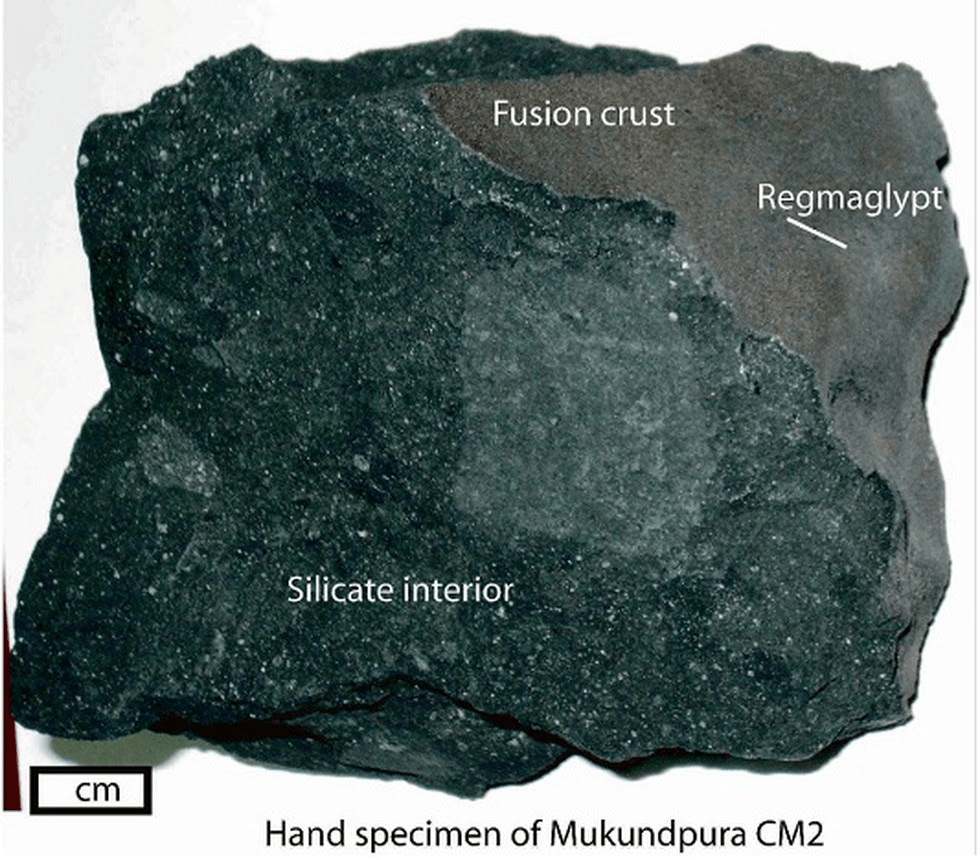UPSC Articles
Mukundpura CM2
Part of: GS Prelims and GS-III – Sci & Tech
In news
- A new study by Geological Survey of India, Kolkata has shed light on the mineralogy of the meteorite which fell in 2017 in Mukundpura village near Jaipur.
Key takeaways
- The meteorite named Mukundpura CM2 was classified to be a carbonaceous chondrite.
- The composition of carbonaceous chondrites is also similar to the Sun.
- This is a type of stony meteorite, considered the most primitive meteorite and a remnant of the first solid bodies to accumulate in the solar system.
- Meteorites are broadly classified into three groups – stony (silicate-rich), iron (Fe–Ni alloy), and stony-iron (mixed silicate–iron alloy).
- Chondrites are silicate-droplet-bearing meteorites, and this Mukundpura chondrite is the fifth carbonaceous meteorite known to fall in India.
- The results of the Mukundpura CM2 study are relevant to the surface composition of near-Earth asteroids Ryugu and Bennu.















